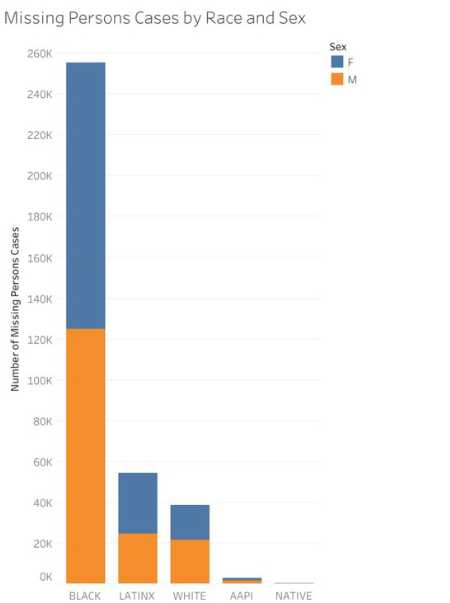MISSINGPERSONS: Hundreds of Chicago residents joined KOCO organizers at the 6th annual We Walk For Her march. June 7th, 2023. Photo by Sebastin Hidalgo for City Bureau Credit: Photo by Sebastián Hidalgo for City Bureau
by
This story is part two of Chicago Missing Persons, a two-year investigation by City Bureau and Invisible Institute, two Chicago-based nonprofit journalism organizations. This series looks into how Chicago police handle missing person cases and reveals the disproportionate impact on Black women and girls, how police have mistreated family members or delayed cases, and how poor police data is making the problem harder to solve.
For this investigation, City Bureau and the Invisible Institute requested the Chicago Police Department’s missing person reports from 2000 to 2021, analyzed them, and interviewed more than 40 sources. Police missing persons data was cross referenced with underlying investigative documents, Chicago Police Department homicide data, medical examiner death data, and news reports.
The analysis shows that of the approximately 340,000 cases in this time period, Black children make up 57% of cases. Black girls between the ages of 10 and 20 make up nearly one-third of all missing person cases in the city, according to police data, despite comprising only 2% of the city population as of 2020. This racial disparity has remained relatively constant over the past two decades, even as cases overall have fallen. (Since 2000, missing person cases have fallen by about 50%, and experts are unsure why.)
Hispanic people make up 15% of all cases, but experts believe this figure is underreported due to immigration enforcement concerns.
Despite this, media attention for white victims is still far more pervasive — so much so that “missing white woman syndrome” has become part of our lexicon. “A lot of families, they said, ‘Hey, we…
Read the full article here





